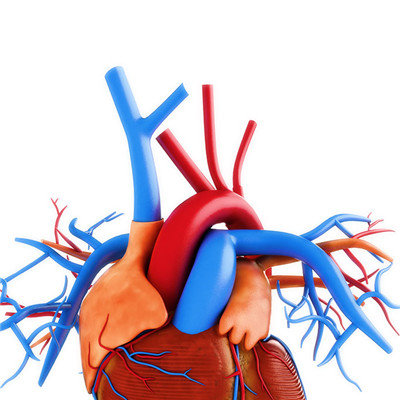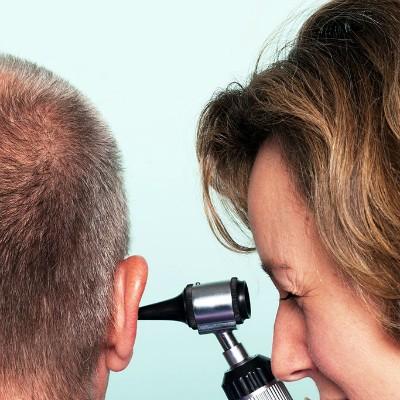How to treat ruptured aortic sinus aneurysm?
summary
Rupture of aortic sinus aneurysm is a rare congenital heart disease. It is due to the local hypoplasia of the aortic wall on the basal ring of the aortic sinus and the lack of elastic tissue in the middle layer, resulting in local wall weakness and gradual bulging under the impact of high-pressure blood flow. The top of the tumor was the weakest and was finally broken. Most of them broke into the right ventricle and a few into the right atrium. How to treat ruptured aortic sinus aneurysm?
How to treat ruptured aortic sinus aneurysm?
Ruptured aortic sinus aneurysms are usually asymptomatic. Most of them rupture at the age of 10-50. Most of them are male. About 40% of the patients had a history of sudden precordial pain, which often occurred during strenuous activities, followed by palpitations and shortness of breath, which could rapidly worsen to heart failure. More patients have a slow onset of disease, after fatigue, shortness of breath, palpitations, fatigue, etc. gradually aggravate, resulting in the loss of activity.

Cardiac examination: in the aneurysm of aortic sinus ruptured into the right ventricle, tremor and rough grade IV continuous murmur were found in the third and fourth intercostal space of the left edge of sternum, which transmitted to the apex of heart; The tremor and murmur in patients with right atrium rupture tended to the middle or right edge of sternum. There may be signs of peripheral blood vessels, such as pulse pressure widening, water rushing pulse, gunshot sound, etc., and there may be signs of right heart failure, such as hepatomegaly.

The aneurysm of aortic sinus should be resected whether it is ruptured or not. The patients with acute rupture should be treated actively for a short time. If the heart failure can not be controlled, the operation should be carried out as soon as possible. The right ventricle or atrium was opened under cardiopulmonary arrest. The tumor wall was cut from both sides of the fissure to 3mm away from the entrance. The tumor wall was cut off in a circular fashion in the neck, and then sutured along the fiber flap ring in mattress or figure-8 fashion. The pericardial piece or polyester piece was padded on both sides, and then sutured continuously for reinforcement. If combined with ventricular septal defect, it should be sutured or repaired with patch. If accompanied by aortic regurgitation, the right aortic valve was folded and suspended through the ascending aortic incision, and sutured and fixed on the wall. Aortic valve replacement was performed when necessary. Some people directly cut the root of the ascending aorta to remove and repair the aneurysm from the base of the sinus.

matters needing attention
Rupture of aortic sinus aneurysm the gradual development and expansion of aortic sinus aneurysm after its formation will eventually lead to aneurysm rupture. Therefore, all patients diagnosed with aortic sinus aneurysm, whether rupture or not, should be treated with aortic sinus aneurysm resection. Patients with acute rupture should be treated with surgery as soon as possible after the improvement of heart failure by medical treatment. If heart failure can not be controlled, it should be performed earlier The patients underwent open heart repair under cardiopulmonary bypass combined with hypothermia and myocardial protection. The median sternotomy in supine position was taken and the sternotomy was cut longitudinally. After the pericardium was cut, obvious tremor could be felt on the surface of the heart. If necessary, intracardiac exploration was performed.











